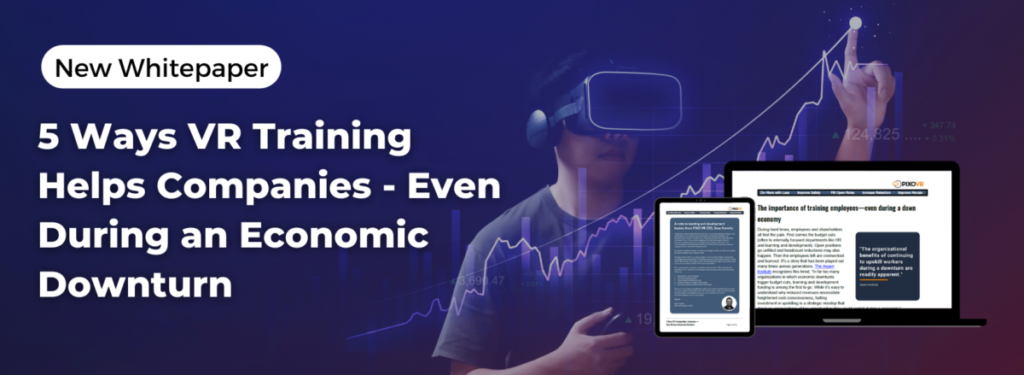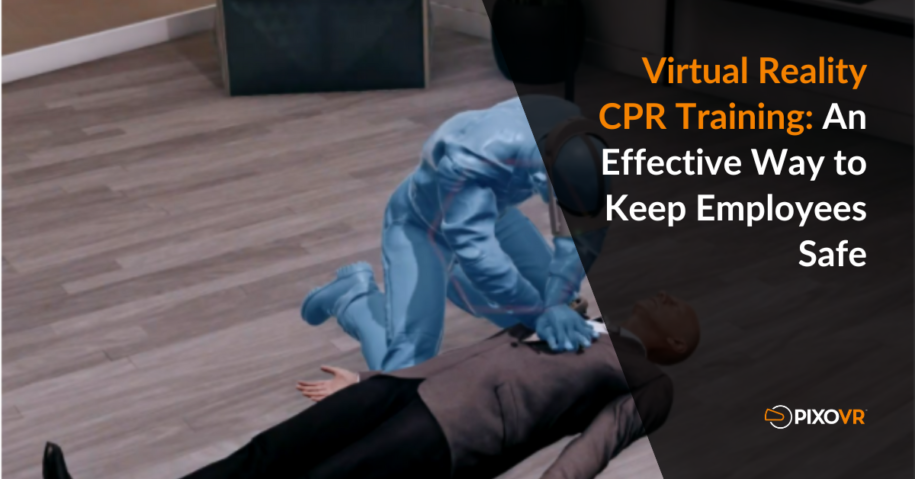According to the American Heart Association, 10,000 cardiac arrests take place every year in U.S. workplaces. If these workers receive immediate defibrillation and CPR, the survival rate can be as high as 60 percent. If they don’t, the survival rate is as low as five to seven percent.
The minutes after a cardiac arrest are critical. Cardiopulmonary resuscitation (CPR) can greatly increase the chance of survival. And employees want to be trained on performing CPR. According to a survey by Edelman Intelligence for the American Heart Association, more than 90 percent of workers said if their employer had first aid or CPR/AED training, they would likely sign up.
OSHA requires CPR certification for some workers including logging, electrical, dive team and confined spaces. For the rest of the workforce, the OSHA General Duty Clause just says that every employer is responsible for keeping workers safe. Interpretations differ, but the American Heart Association recommends that companies have two first aid and CPR trained personnel for the first 20 employees, and a 1-to-20 ratio after that.
Providing this training has never been easier. Virtual reality (VR) is now a standard offering for helping employees learn, practice, and be assessed on performing CPR.
How virtual reality makes CPR training fun and effective
Using virtual reality (VR) for safety training is more effective and learners enjoy it more than traditional methods. Research studies have shown that VR training yields a much higher retention rate and recall accuracy for learning new skills. Trainees say this is because VR is more interactive and engaging for them. Another big factor is because the experience allows employees to practice in a safe environment.
Top reasons VR is preferred for CPR training
- Realism: VR allows for a highly realistic simulation of real-life CPR scenarios, which can provide a more engaging and effective learning experience.
- Immersion: VR can immerse trainees in the training environment, making it easier for them to stay focused and retain information.
- Safety: VR allows for training in a controlled environment, reducing the risk of injury to the trainee or the simulated patient.
- Flexibility: VR training can be done at any time and place, making it more convenient for trainees and trainers.
- Repeatability: VR allows trainees to repeat the training scenarios as many times as needed, which can help them to better retain and apply the information in real-life situations.
- Measurable: VR can provide metrics such as time taken and accuracy of compressions, which can be used for evaluation and progress tracking
- Variety: VR can provide a variety of scenarios and patient cases, which can help to increase the trainee’s ability to handle different situations.
VR also allows more employees to be trained on this important safety skill without adding significant cost.
Virtual Reality CPR training is already in use
CPR VR training already exists that has been used by many different types of workplaces from OSHA required jobs such as those handling dangerous tasks like confined spaces or lockout tagout, to those in corporate workplaces on safety teams. The training provides a way for employees to learn, practice, and be assessed on practicing CPR. The training has:
- Scenarios for practicing and testing adult and infant CPR skills
- Skill checks for the 9 steps of the CPR process
- Real-world feedback with the VR overlay that fits real mannequins
Many companies also offer their employees AED VR training as the two are important aspects of administering first aid.
CPR VR training benefits workers and their companies
There are several benefits of using virtual reality (VR) for CPR training, including:
- Keeping employees safer: While cardiac arrests can’t be avoided, giving employees the knowledge and confidence to increase survival rates is a positive result for everyone.
- Saving money: VR training can be more cost-effective than traditional training methods, as it eliminates the need for expensive equipment, dedicated trainers, and physical space.
- Raising morale: During a time where employee retention is critical, showing that the company cares about worker safety is a big statement. And employees like learning skills that are also applicable to life outside the office.
CPR training is and will always be important. Though it’s not required by OSHA for many organizations, it’s still a valuable tool to improve worker’s health and safety. And VR makes it possible to do this easily at scale across large organizations. It’s a simple decision that makes a big impact.
Wondering how to get started with VR training?
For learning and development leaders looking to help their company’s thrive, VR training is the answer. VR content naturally compliments existing training content to provide employees with ways to apply and practice skills needed to be successful.
Want more evidence for leadership on the cost cutting benefits of VR training? Read whitepaper here!
In our previous whitepaper we covered how to bring VR into your training program, get the step-by-step guide here!
Download the whitepaper: 5 Ways VR Training Helps Companies Even in an Economic Downturn’:


Leave a Reply
You must be logged in to post a comment.